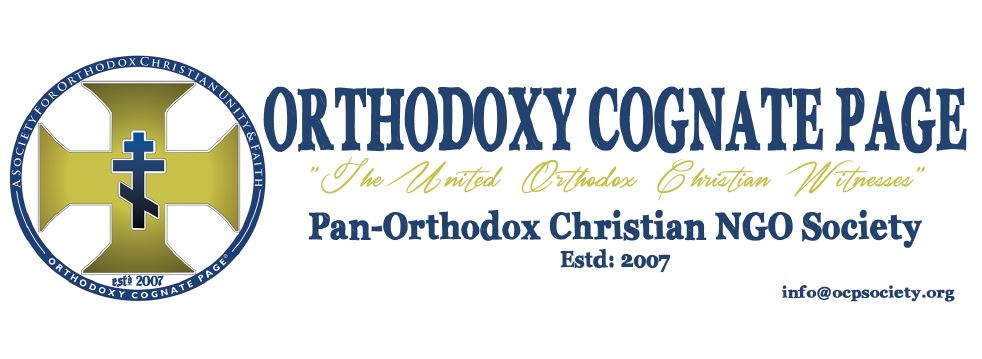Vatche and Tamar Manoukian Library at the Mother See of Holy Etchmiadzin

September 2014
For centuries, Armenian clergymen and scholars have come from near and far to enrich their spiritual and scientific knowledge at the library of the Mother See of Holy Etchmiadzin. The first explicit records of the existence of a library date back to 1441, at the time of the Catholicos Kirakos Virapetsi, when the catholicosate was transferred from Sis to Etchmiadzin, although it is thought that manuscripts were kept here as early as the 5th century AD. During the turbulent course of history, the library has been moved or destroyed a number of times, most recently in the 1930s at the instigation of Joseph Stalin, who nationalised its contents and distributed them among various state institutions. However, thanks to the efforts of the Catholicos Vazgen I and his successors, together with the generosity of Vatche and Tamar Manoukian, the library of the Mother See of Holy Etchmiadzin is open once again, and as well as serving the needs of seminary students and local clergymen, it has already begun to draw distinguished international scholars such as Theo van Lint, Calouste Gulbenkian Professor of Armenian Studies at Oxford University, Andrea Schmidt, University Professor at the Catholic University of Louvain, Belgium, Charles Renoux, noted specialist in Armenian liturgical manuscripts, and Constantine Zuckerman, Professor of Byzantine Studies at the École Pratique des Hautes Etudes in Paris.
However, it is not necessary to be a churchman or academic in order to take advantage of the library’s facilities. As of May 2013 it has been open to the general public, subject to registration with the library staff. Opening hours are Monday-Friday 9.00-17.30. There is free wi-fi throughout the building, and free photocopying facilities are available for all visitors. Staff speak Russian, English, French, German and Georgian, and will be happy to help visitors whose knowledge of Armenian is limited. At present the library contains roughly 80,000 books, a number which has grown from just 5000 in the course of the last 10 years. It is home to the personal collections of distinguished figures from the history of Armenian letters, such as the historian and manuscript expert Hakob Anasyan and the theologian, historian and Armenologist Arshak Ter-Mikelyan. It also houses Armenia’s most extensive collection of Biblical publications, with texts in almost 100 languages, from Amharic to Ossetian. In addition to theology, literature, and Armenian studies, the library is particularly strong in the field of ancient and medieval Middle Eastern history, with material of interest to the non-Armenian-speaking specialist.
The Vatche and Tamar Manoukian Library is home to a substantial collection of rare and antiquarian books (at present approximately 400), including the earliest printed Armenian Bible, published in Amsterdam in 1666. There is a special Exhibition Room where books of particular historical or aesthetic value are to be displayed to the public. The staff of the library are trained in the handling and repair of antiquarian books, which are stored in a secure, climate-controlled environment in the basement of the building. All these books are available for use by researchers subject to arrangement with the library personnel. There are also plans to digitalise the Mother See’s collection of manuscripts and rare books, which will thus be made accessible to the general public.
The library building was designed by the architect Artak Ghulyan, and represents a harmonious blend of traditional Armenian and modern architectural styles, full of light with tall windows looking out on the ancient church of St. Gayane with breathtaking views of Mount Ararat in the background. It is equipped with all the facilities essential to a modern library, including generators to provide a permanent power source, and special provision to ensure that the books are not damaged by sprinklers in case of fire. The building contains two spacious and elegant lecture halls, which have already played host to a number of international conferences. Another area is to be occupied by a team of academic researchers in the fields of ecclesiastical history, ecclesiastical literature and manuscripts, liturgical studies, and canon law, whose work will make a valuable contribution to the establishment of the Mother See of Holy Etchmiadzin as an intellectual centre of pan-Armenian and international importance.
The Armenian Church gave birth to the Armenian written tradition, and is now doing everything it can to provide a secure yet accessible resting place for the treasures this tradition has produced. Throughout the course of history, Armenian books have shared in the fate of their owners and creators, having been scattered throughout the world, with many lost, damaged or destroyed along the way. One of the main aims of the Vatche and Tamar Manoukian library is to gather these books together in a safe place where they will be given the care and attention they deserve, while remaining freely available to anyone with an interest in theology, literature, Armenian studies, or the history of Armenia and its wider geographical surroundings. The collection continues to grow, thanks to the establishment of a fund for purchasing new material, as well as to private donations and bequests. Thus the library of the Mother See of Holy Etchmiadzin is set to resume its historical position at the heart of the Armenian cultural universe, welcoming scholars, churchmen and laypeople of all nations to partake of the riches it contains.

818811 187560Utterly composed subject material , thanks for selective details . 733768